

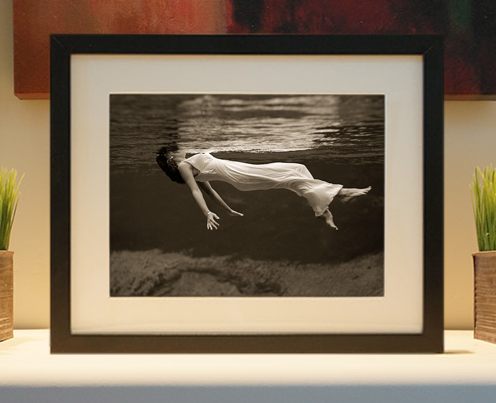
Framed or unframed, desk size to sofa size, printed by us in Arizona and Alabama since 2007. Explore now.
Shorpy is funded by you. Patreon contributors get an ad-free experience.
Learn more.

- Lofty addition
- In 1912
- Keenan Building
- Six years old
- Taken from the P.J. McArdle Roadway?
- It stood only 47 years
- Three track mind
- Incline to the right
- Reach for the sky, 1912 style
- No clean sweep
- Same Job Title, Same Face
- Sadly Lost
- Beautiful ...
- Where you get your kicks
- Aim High
- Pueblo Revival sisters
- Pueblo Neoclassicism
- Milk Man
- Regional dialect.
- Spielberg's inspiration
- Great Photo
- Loaf Story
- Do you still have the Rakes category?
- Could almost be a scene from the 1957 movie 'Hell Drivers'
- The Wages of Fear.
- Conspicuous by their absence
- Got Milk?
- All that aluminum
- No lefties
- Smoke 'em if you've got 'em
Print Emporium
Third Avenue El: 1942
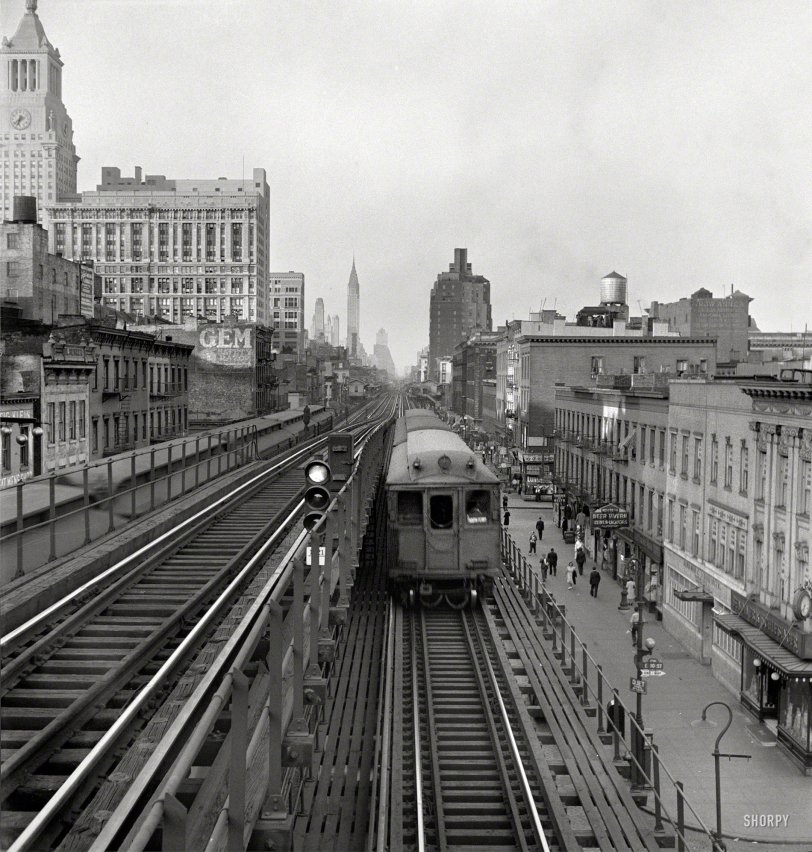
September 1942. "New York. Looking north from the Ninth Street station on the Third Avenue elevated railway as a train leaves on the local track." Medium format negative by Marjory Collins, Office of War Information. View full size.
Shy Shine
@HenkB: Thanks for the video link!
@MrK: The third rail isn't actually visible in this photo. It is has a safety "roof" which covers it with a slat of wood (nowadays being replaced by plastic). If you could see the third rail, it would be as shiny as the running rails.
..but not forgotten
I have dim memories of my father taking me on the El during its final throes. I would probably have been 5 or so at the time. I left NY for good in 1970 and had not yet felt its loss in terms of overcrowding on the Lex. Ave IRT.
In any case, I haven't seen reference made to the film "3rd Ave. El."
Lasted until 1955
It seems the Third Ave El in Manhattan closed on 12 May 1955 (the part south of Chatham Square had closed a few years earlier).
The Fat Men's Shop
All the way to the left of the shot you can just see Sig Klein's once-well-known Fat Men's Shop. It can be more clearly seen in this Ben Shahn photo:
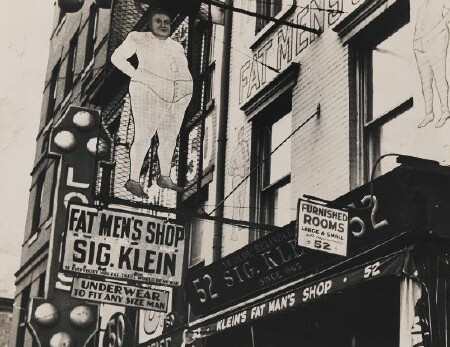
Shoe polish
I am a little surprised given all the power pickup shoes on the El's haven't polished the third rail any more than is what is seen here on both sets of tracks. I would have expected to see the third rail as close to as bright as the running rails, although a little brighter than the guard rails.
Third Avenue Railway System
To relieve San Diego's war-time urban overcrowding, our city acquired some ancient streetcars from the TARS in the mid 1940s. They were largely of wood construction and after nearly forty years of heavy NYC service they were fairly ramshackle. Local rail men said that they noticeably flexed while going around corners, but they faithfully served here until the last streetcars were taken out of service in 1949 when the city discontinued light rail service.
Socony-Mobil
The 3rd Avenue El had to go, it was a relic of an earlier time. Before it was torn down in Manhattan, (It remained active in the Bronx for many more years), Third Avenue was mostly a slum.One of the the last segments to come down was in 1952 at the behest of the builders of 150 East 42nd Street who were not about to start building with the El there almost abutting the buildings on Third Avenue. The new structure was named for its major tenant, Socony-Mobil. There was a saying that the best view of the Mobil Building was from the inside, so that you couldn't see it's dimpled aluminum skin. Its still there and doesn't look any better.
Also in Philadelphia
Philadelphia's Market-Frankford Line is usually referred to by locals as the "Market-Frankford El" though parts of it do run underground.
An eternal source of shame
The city demolished the old but perfectly serviceable Third Avenue El in the mid-1950s, as it would soon be replaced by a snazzy new subway one block away on Second Avenue. No one seemed to care that the Second Avenue Subway had been in the planning stage since the early 1920's with no work having ever been done.
The years went by with no construction on Second Avenue, with the entire East Side being dependent on the overcrowded Lexington Avenue line. In the early 1970s federal transit money became available and would cover most of the cost of the Second Avenue line, but the city took advantage of a legal loophole to skim off the federal money to stave off a five-cent increase in the transit fare (which happened anyhow). Nothing got built under Second Avenue except for a few useless unconnected tunnel segments.
Finally, generations after the first plans, there is some actual construction underway on the Second Avenue line. It's only going to cover half the planned distance. Completion is scheduled for 2016, maybe. In the meantime, had it not been thoughtlessly demolished the Third Avenue El would still be providing vitally needed transit service.
Am I wrong
I thought the term "El" was used only in Chicago, did not New Yorkers refer to it by another name?
[You can use the term anywhere you want, but in Chicago the elevated line is generally called the "L"; in New York it's the El. - Dave]





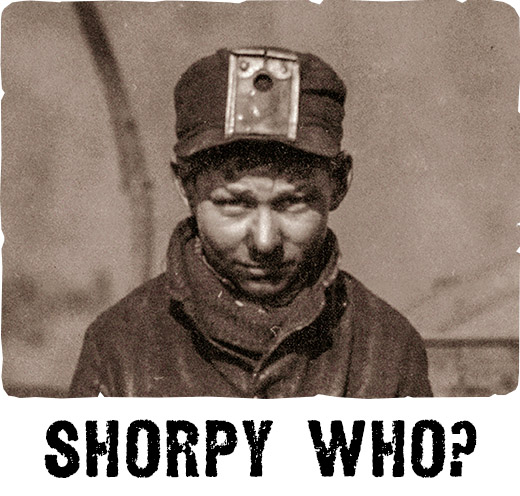
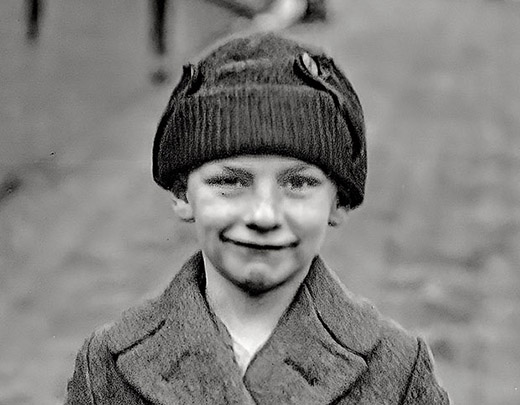
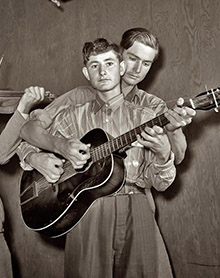
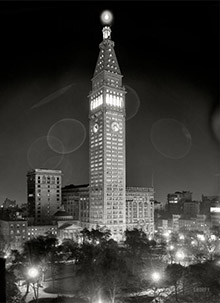
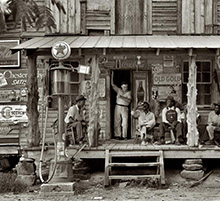
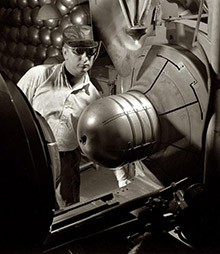
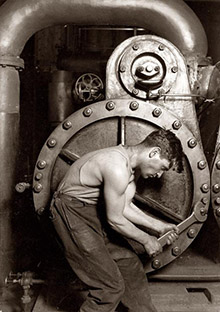
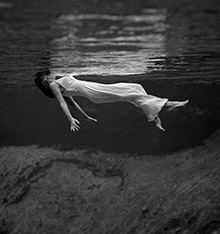
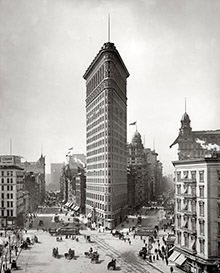
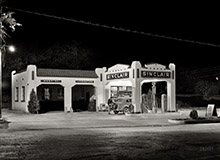
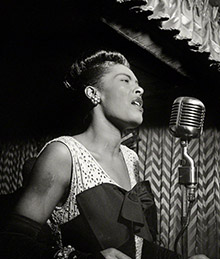
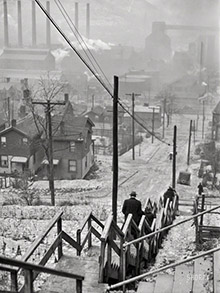
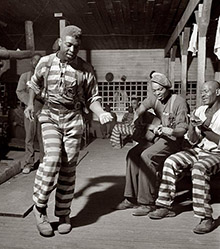
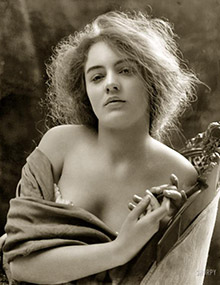
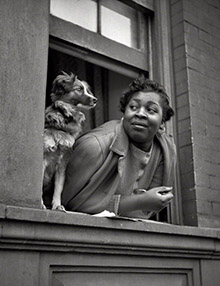
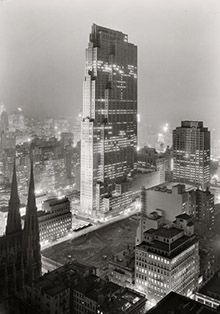
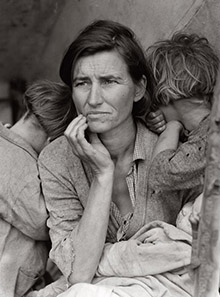
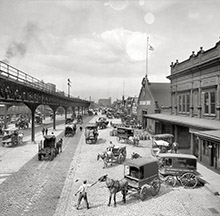
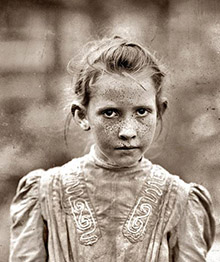
On Shorpy:
Today’s Top 5